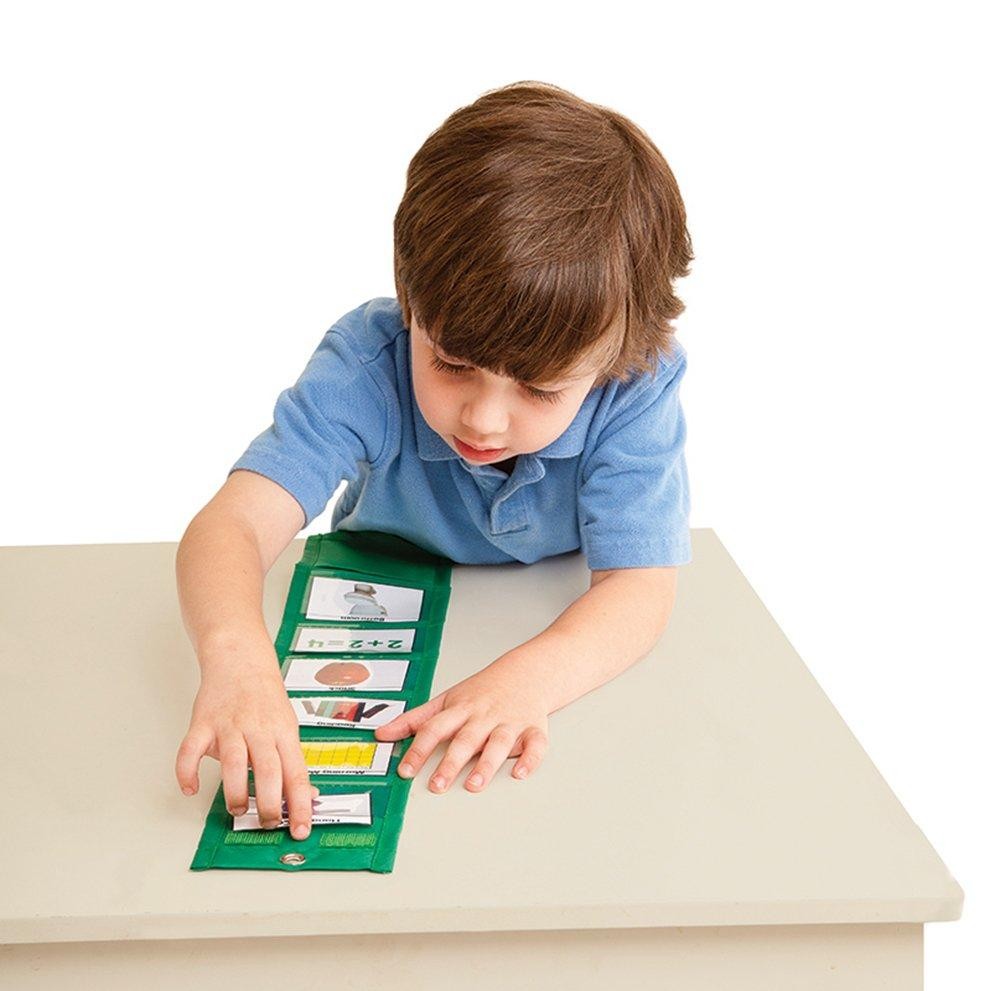At Meldreth Primary School, we ensure Quality First Teaching by using a range of strategies to meet the diverse needs of our pupils. These strategies include:
- Classroom support: Visual timetables, dyslexia-friendly resources, and specialist equipment (e.g., writing aids, fidget toys) to accommodate different learning styles.
- Curriculum access: Adult-supported group work, individualized planning, and one-to-one support where needed (e.g., for language modification).
- Independent learning: Visual aids, scaffolding tasks, and accessible resources to encourage self-sufficiency, with opportunities for more able learners to tackle open-ended challenges.
Literacy support includes:
- Small group interventions for reading, writing, and spelling
- One-to-one phonics and spelling support
- Targeted literacy groups to enhance reading comprehension skills.
Numeracy support includes:
- Small group guided teaching and targeted interventions
- Practical resources like Numicon and regular assessments to address gaps.
Speech and language support includes:
- Individual interventions from Speech and Language Therapy Service
- Spirals group work to develop speaking and listening skills.
These strategies help ensure all pupils can access and engage with the curriculum, promoting their development across all areas.

